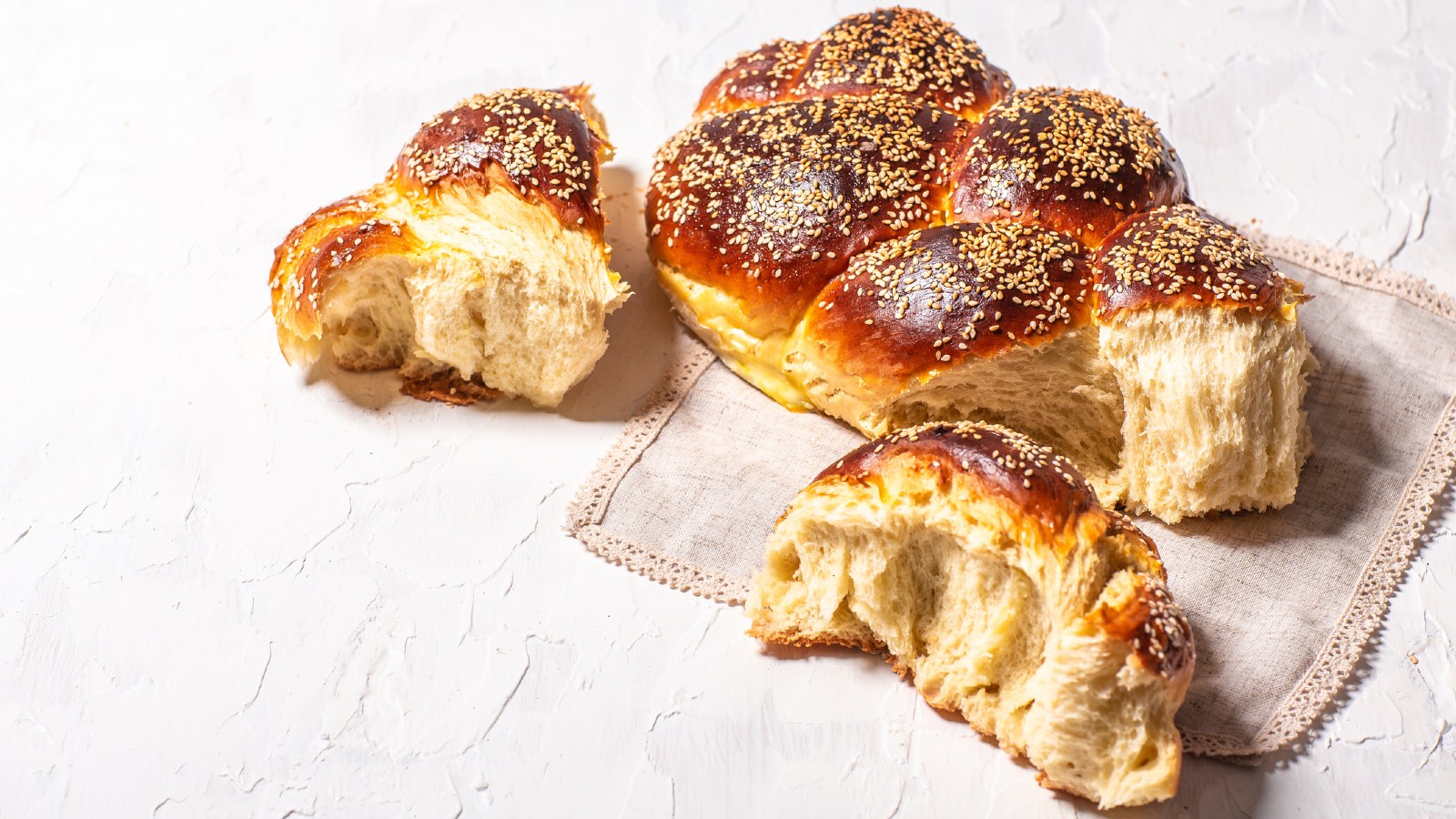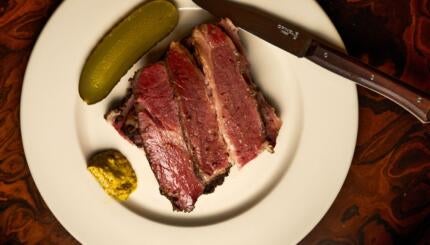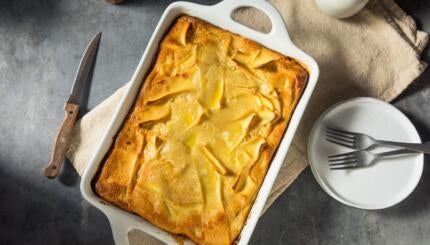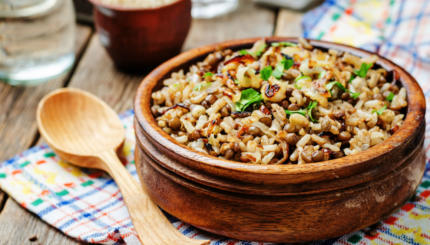Of the essential elements comprising Judaism, perhaps the most universally known and beloved is challah, the centerpiece of the weekly Shabbat table and many holidays.
Yet challah did not start out as the rich, sweet egg bread we eagerly rip apart after the Shabbat blessing or dip in egg to fry for French toast. Biblically, challah was referred to as the portion of bread given to the kohen (priest). This weekly ritual, usually conducted by women, who were responsible for baking the bread, involved throwing a piece of dough into the fire.
In medieval times, challah was a plain, simple bread. According to Maggie Glezer, author of A Blessing of Bread, braiding it began in 15th century Austria and Southern Germany, with Jewish housewives following their non-Jewish counterparts, who plaited the loaves they baked on Sundays. Braids also symbolized the Sabbath bride’s hair, says Professor Hasia R. Diner, the Paul and Sylvia Steinberg Professor of American Jewish History at New York University and author of Hungering for America. The wealthier you were, the more strands you could have — “a result of having more time, expertise and domestic help, one more outward symbol of sumptuousness.”
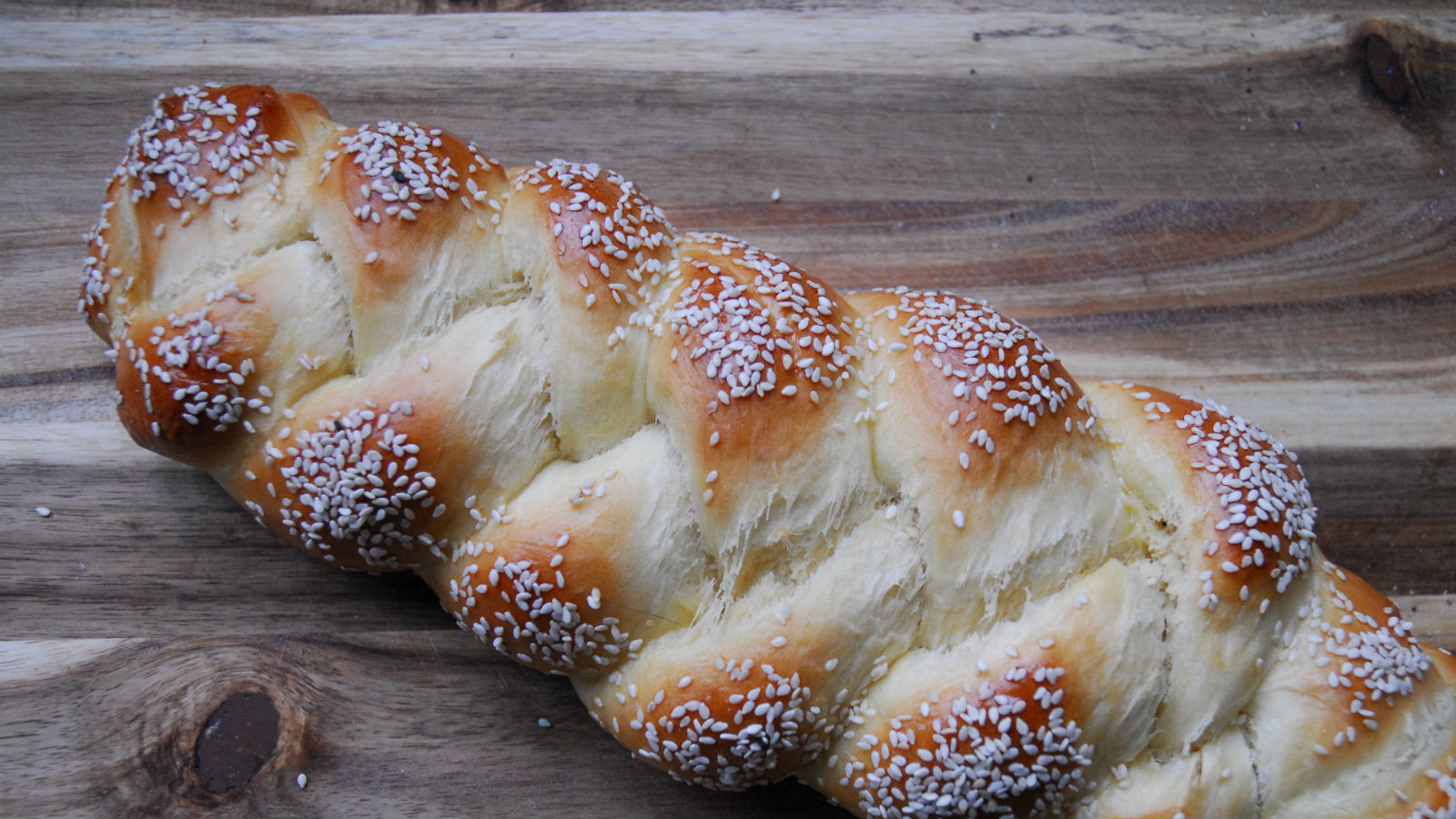
The word challah is first mentioned in a 1488 Austrian book, Leket Yosher, but took hold in Poland. In America, berches, the German Ashkenazi potato bread, became known as challah with the additional influx of Eastern European immigrants. Berches were not sweet; eggs were used only as a wash. They were also baked in Lithuania and Poland; in Poland, however, where sugar beets were grown, sugar was added. Some Ashkenazim enriched their dough with oil, eggs, and occasionally saffron, its yellow color mirroring the color of cooked manna.
The Nosher celebrates the traditions and recipes that have brought Jews together for centuries. Donate today to keep The Nosher's stories and recipes accessible to all.
Challah was transformed in the United States. “Everything got bigger and sweeter in America,” says Joan Nathan, the award-winning Jewish cookbook author. “The sugar lobby was pushing.” Jews who came for a better life discovered an abundance of new and inexpensive ingredients like eggs, sugar, and poppy seeds. “In Europe,” explains Nathan, white bread and sugar were much more expensive, so they would have black bread all week long. For the Sabbath, Jews would have a white loaf, so there was the saying you could have challah, a white sweet loaf, every day in America.” Upton Sinclair’s The Jungle examines how much sugar was put in white bread. “Eastern Europeans, not just the Jews, had all this bread that was so good for them,” she adds. “All of a sudden, they had this awful bread with lots of sugar and they loved it… challah was the same.”
Challah also changed with the availability of yeast, thanks to Hungarian Jewish immigrants and distillers Charles and Max Fleischmann, who introduced their family’s yeast-producing methods. In homes and bakeries, the dough would be aerated and a lot more yeast added so it would be bigger. “Having commercial, very strong, very pure yeast would enable them to make a sweeter, saltier challah,” Glezer explains.
Interestingly, Jewish cookbooks post World War II feature few recipes for challah. The ones published are simple and streamlined, and use little sugar. Nathan says that’s because most loaves at that time were purchased from bakeries.
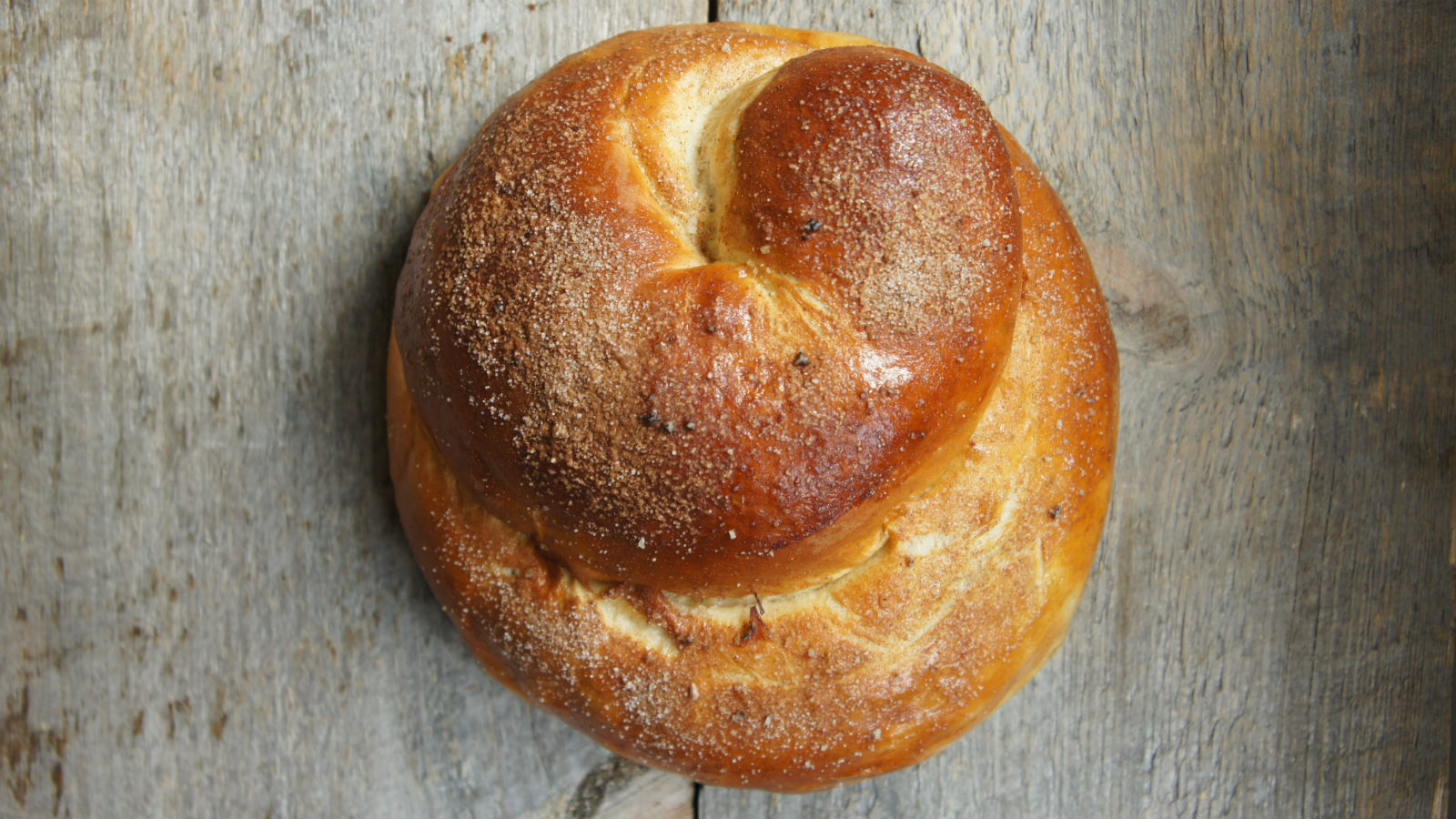
Murray Kaplan, proprietor of Rainbow Bakery in Cranston, RI, the state’s last Jewish bakery, has baked his family’s recipe, unchanged, plain or with raisins, for 62 years. His grandfather opened the bakery in 1907. “Challah has always been known, at least in my lifetime, as a sweet egg bread, not really, really sweet,” he says. “I do like to follow the tradition, it’s sure good for us, and people like it.”
Interestingly, there’s no definitive answer on when and why raisins were added to challah. Journalist and cookbook author Leah Koenig suggests that raisin challah could be an outgrowth of cooks using extra challah dough to make babka, so it’s possible raisins could have made their way into challah. Freida Reider’s The Hallah Book, published in 1986, includes a recipe for challah passed down through generations that adds raisins for holidays or special occasions.
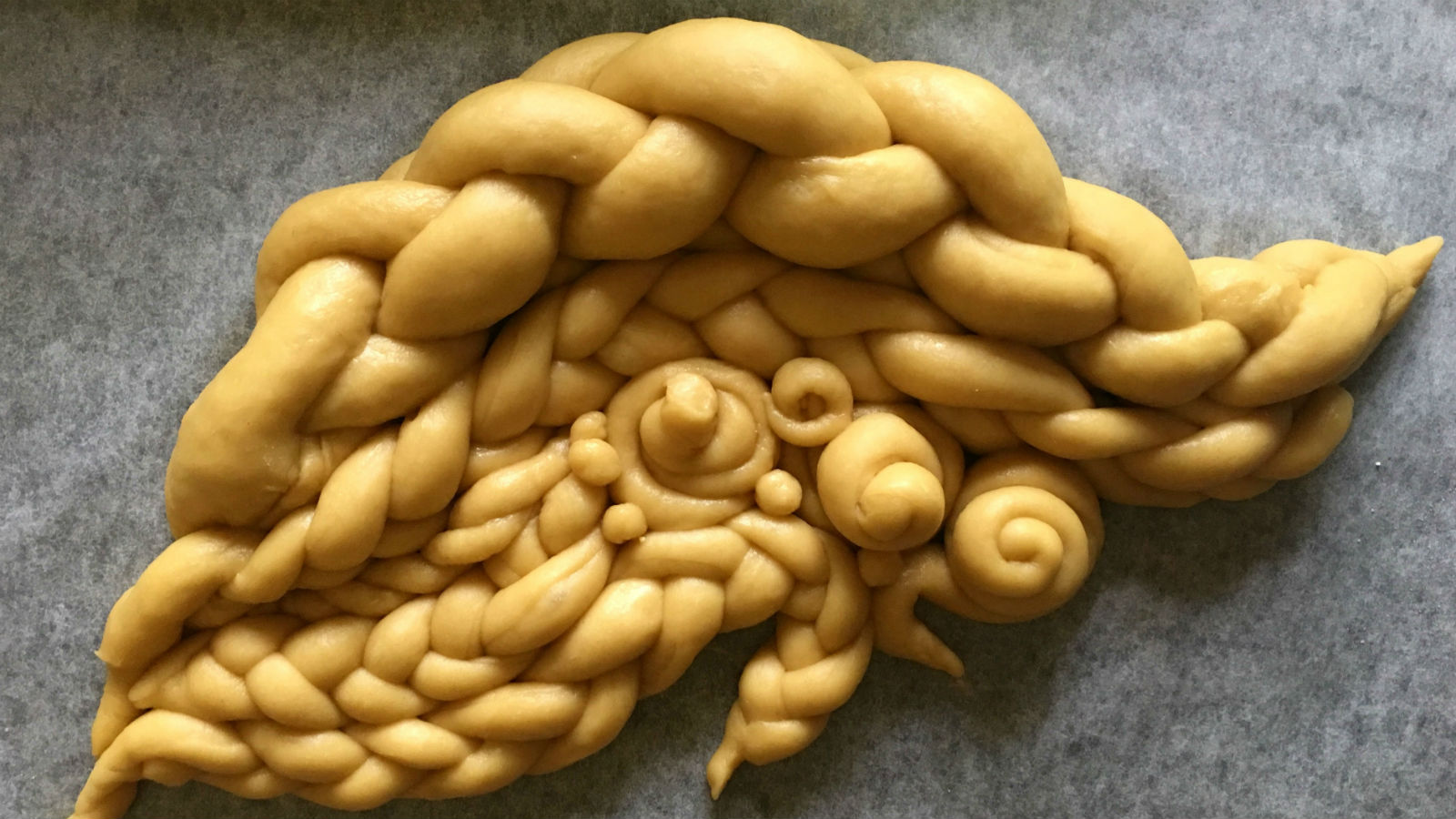
Today, Instagram is peppered with mouth-watering photos of modern takes: stuffed with salami, bursting with rainbow colors, or boasting 12 braids. Mandy Silverman (@mandyliciouschallah) has baked unconventional versions out of her Massachusetts kitchen since 2013, amassing over 30,000 followers on Instagram (and some backlash from traditionalists).
Diner offers a context for experimentation. She notes the late 1960s counterculture and 1980s American food and culture, “a kind of postmodern world of hybridity in which the old, what goes with what, no longer held sway, like a blueberry bagel.”
Silverman’s part of another notable trend: home-based challah businesses that promote their goods on social media. Kayla Kaye, who ran The Kitch out of her New York home for seven years, says it’s an easy option for working mothers. Additionally, she observes, “I think Jewish food is having a moment across the country, not just in New York. You see Jewish food influence on menus all over the place. Especially here, you have so many young Jewish women who bake. They’re able to turn it into something of value.”
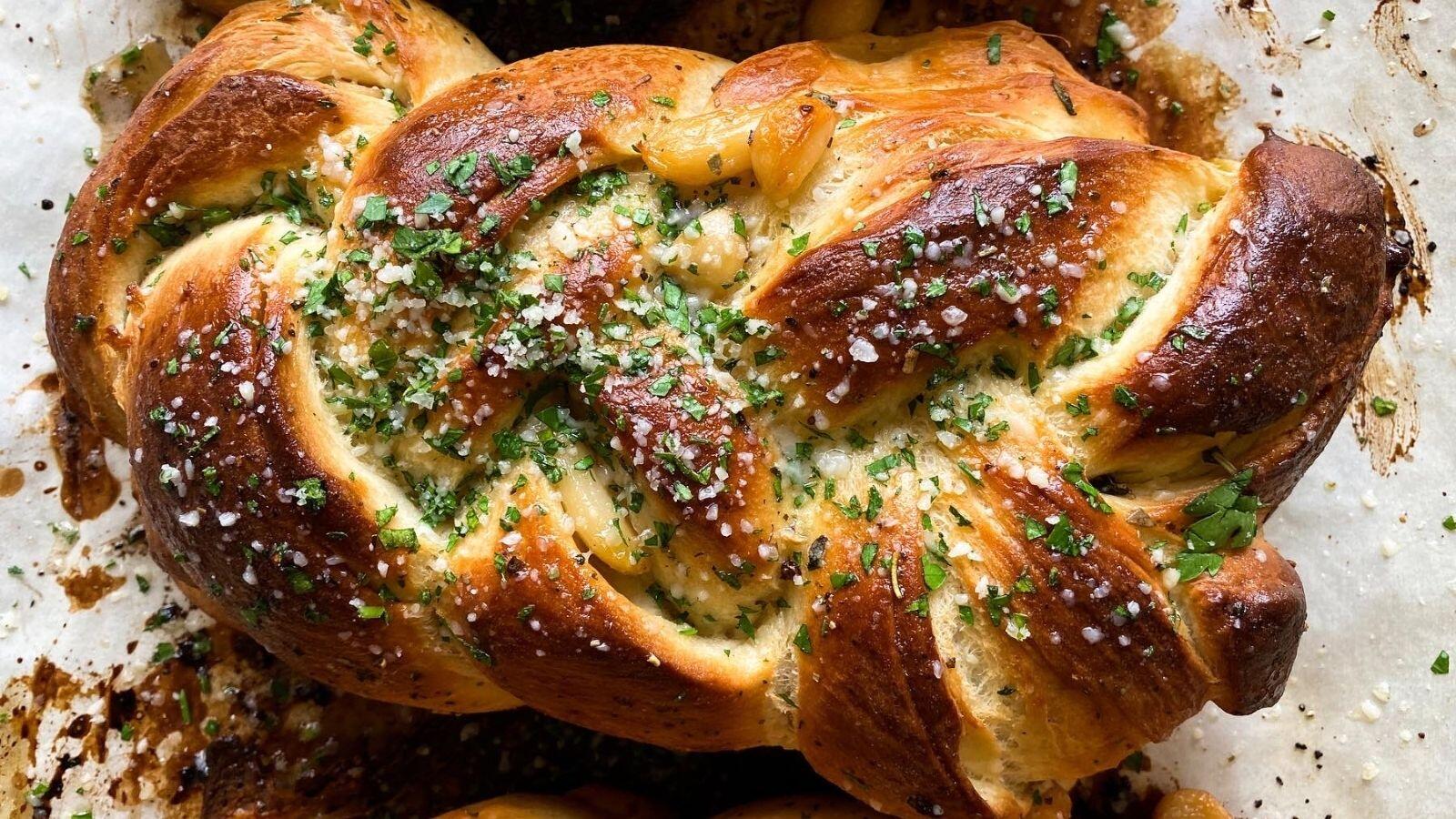
Creativity creates connection, says Silverman. “Making something more complicated, with fun, silly flavors, toppings and ideas, has made it [challah] more attainable for many more people,” she comments. “This makes them feel a part of the culture and religion they maybe never felt otherwise.”
